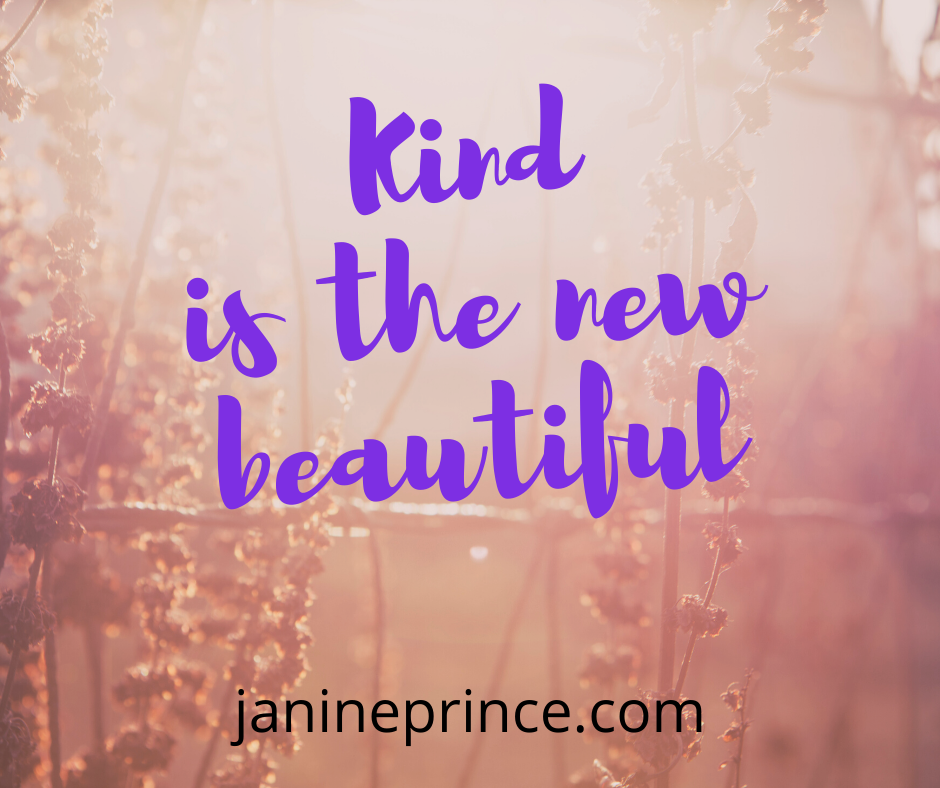 We’re on the third part of our exploration of the quincunx (here is part one and part two) as a spiritual tool for personal growth. Of course you will have noticed that there are some drawbacks to this model. For example, the lines can give an unrealistic sense of solidness (which we all know to be a tricksy illusion); we don’t easily see how these circles change size over time in response to the efforts of our will or our habits; and it might look like we’re all individually in little boxes – a perception with particularly negative connotations in our culture besides which we know ourselves to be interconnected. The purpose of the model is to give a framework for reference that can help us to grow. It gives us a new set of choices, not simply an answer.
We’re on the third part of our exploration of the quincunx (here is part one and part two) as a spiritual tool for personal growth. Of course you will have noticed that there are some drawbacks to this model. For example, the lines can give an unrealistic sense of solidness (which we all know to be a tricksy illusion); we don’t easily see how these circles change size over time in response to the efforts of our will or our habits; and it might look like we’re all individually in little boxes – a perception with particularly negative connotations in our culture besides which we know ourselves to be interconnected. The purpose of the model is to give a framework for reference that can help us to grow. It gives us a new set of choices, not simply an answer.
Don’t panic
It might feel challenging at first, but imagine that you can see your own actions in each of these circles sometimes strong in one and less active in another, see how over time you’ve made a set of spirals and they reach from your past to where you are right now. This can be challenging and uncomfortable because life is often not how we wish it would be. From here you can see the whisper of their trajectory – the next steps you’re likely to take in each of those realms (potentially also an unpleasant vista as we see ourselves perpetuating unwelcome or unhelpful patterns despite our intentions. If you can hold on through this discomfort, it is more than possible for you to visualise these paths, because you’re already living it now, and you are, at least, unconsciously aware of them.
Sometimes to bring that picture to the conscious mind just takes finding the most comfortable image or story that will help you translate this idea into your life. The quincunx itself might have done the trick, or it might have just nudged a door ajar and you need something else to follow on. It is worth the effort because when you have a conscious connection to the patterns of your life you are in a position of choice rather than reaction.
What you’re looking for is a map or a guiding idea that contextualises the dynamic balance of holding the awareness of these five states at once. Possibly there’s one in the faith that you already prefer. Buddhists refer to the four noble truths and the eight-fold path. In Kabbalah this model would connect to the tree of life (which gives a more detailed breakdown of the archetypal actions likely within each of the realms). Christian’s can turn to a Christological reading of the crucifixion (theological significance) and indeed the symbol of the crucified Christ is a powerful and globally recognised symbol. These examples are given in the spirit of sharing major, existing models not directing us into a theological comparison! There are lots that aren’t religious too. Surfers have their own language for dynamic balance in the moment, and that complete physical and mental commitment often creates a space or an experience in which the higher consciousness’s presence can be felt directly. Some American Shaman teachings refer to the ‘spiral dance’ and to me that idea made sense – hearing the music, feeling the rhythm, interacting with the ground, the sky, the other dancers.
How this is helpful in normal life
When we are stuck in a pattern of behaviour that seems solid, the story or map that we’ve chosen to use can help us to interrupt the habit.
By the way, you might not believe this, but you’ve already made the first step in getting help where you want it. By asking, you’ve found this concept. Just as importantly now is to accept what comes to you as help. (That’s just one of those obvious things that is worth saying out-loud now and then.)
A real example
Let’s say you’re worried about money. Specifically you’re worried that you’re not making enough savings or the right investments right now for when you’re older. I worry about how I will cope with my chronic illness, how I will survive in a hostile economy if I can’t work. In my version of the model, I understand money primarily as Earth (well-being in the physical world) and as Air (a shared concept in our culture). When I’m worrying, and maybe you do this too, I’m often taking a Water perspective (of emotional values) on the situation. That is to say the issue is that I feel weak and vulnerable rather than the rational odds of the likelihood of the situation that I fear or an evaluation of the other mitigating factors that I could use my intelligence to deal with. Notice there is no Fire in this example. Here’s where the model can point out a new perspective. What might the lack of a Fire perspective illustrate? It shows that I feel that I have no grasp of the mechanics of wealth, of how money as a technology functions.
Instead I look around at what I can see others have (Earth again) and measure myself against their possessions or investments. I read articles (Air) about what people in my demographic ‘should’ have or own. Sometimes I witness myself feeling (Water) that I deserve better or more. All of these behaviours perpetuate the habits I’m stuck in.
Even by trying to describe what a fire perspective might be, I had to interrupt my patterned reactions to the issue and go into a perspective that was new and in this case diametrically opposed to the main realm in which the worry holds power. That action of interruption marks a powerful choice. Actions that interrupt our thoughtless reaction mark a point of self-rearrangement. You may also have noticed the use of the word witness in there – that’s another healthy separation that allows us to put what’s going on back into the circle or corner it belongs in and remind ourselves that we’re more than just that reaction.
Even so, there’s one more angle we haven’t used yet to look at this worry. You can see it now can’t you? That’s right – from the centre. What might the soul perspective be on money, debt or poverty?
What does your soul tell you? Did you get a flash of feeling or a picture from your past come to mind?
What perspectives have opened up for you out of this discussion? Please feel welcome to share them in the comments or to think them over in the days ahead. It sounds so simple, but actually doing this can be confronting, can be a challenge, and it can leave you feeling woozy or even a bit lost. Drink some water and be forgiving. Ask for help, we’re all in this together.

